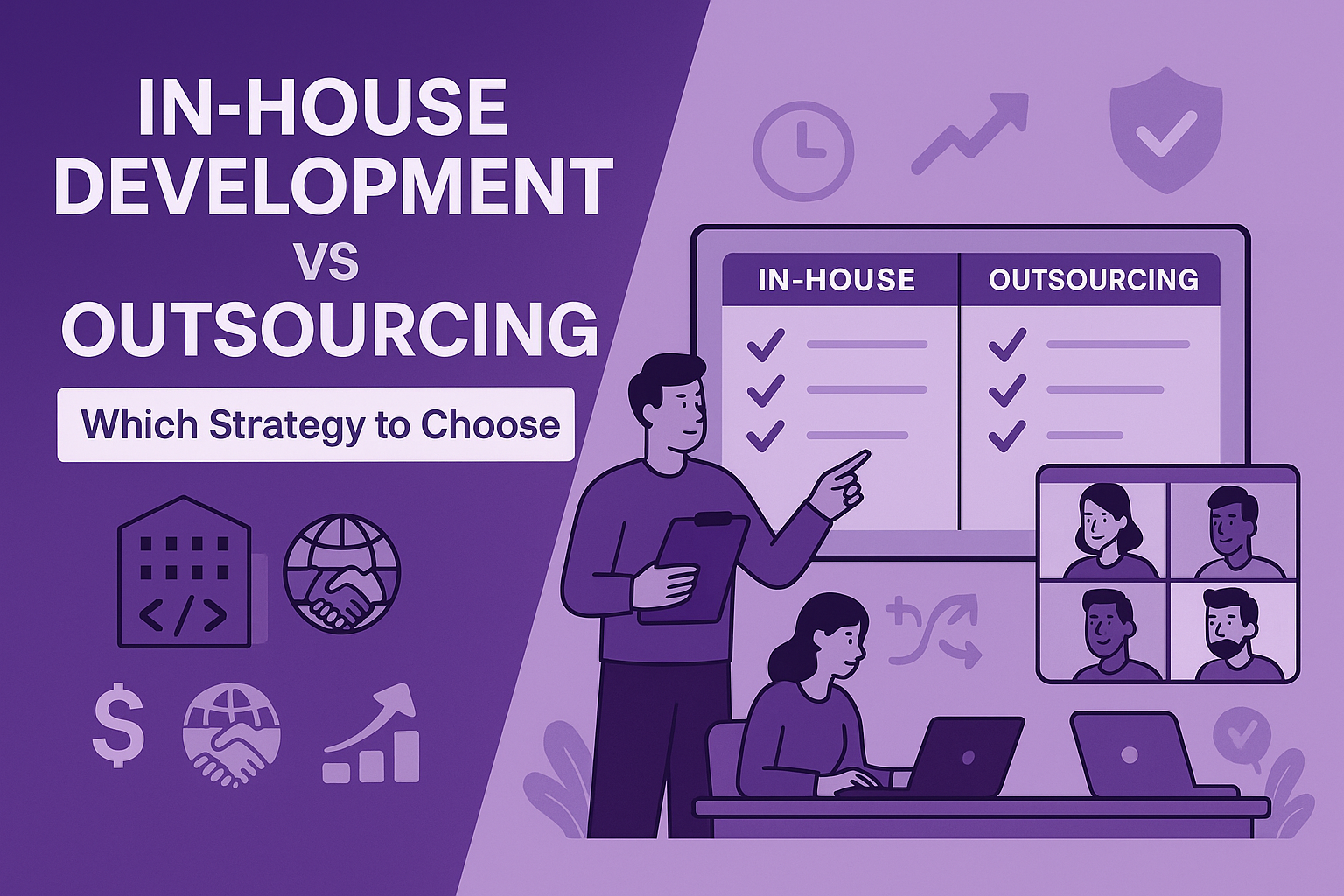In this article, we explore a practical journey of QA evolution—showing how organizations have effectively reduced defects, improved team collaboration, and elevated confidence by transforming their approach to quality assurance.
Common QA Challenges Organizations Face
Many companies initially struggle with QA, encountering common challenges:
- Manual Testing Inefficiencies: Outdated processes, scattered documentation, duplicated efforts, and poor test coverage.
- Fragile Test Automation: Limited, brittle automation scripts frequently breaking due to changes and lacking maintainability.
- Communication Silos: QA viewed as a late-stage checkpoint rather than integrated throughout development, causing frequent misunderstandings and reactive firefighting.
- Resource-Intensive Regression Testing: Extensive manual regression cycles delay releases and drain resources, reducing overall productivity.
These challenges typically result in slow feedback loops, low release confidence, and continuous reactive troubleshooting.
Strategic Shifts in QA: Key Steps to Quality Transformation
To overcome these challenges, successful QA transformations typically involve several strategic shifts:
1. Shift-Left QA
- Integrating QA processes early in the development cycle, from planning and design to execution.
- Defining clear acceptance criteria upfront ensures code quality and reduces late-stage rework.
2. Robust Automation Frameworks
- Implementing reliable, scalable automation frameworks fully integrated into continuous integration and delivery (CI/CD) pipelines.
- Nightly regression testing and immediate feedback loops improve stability and accelerate release cycles.
3. Effective Testing Strategies
- Aligning with the Testing Pyramid model, clearly defining responsibilities: developers manage unit tests, QA collaborates on integration tests, and QA specialists handle end-to-end (E2E) testing.
- This strategy significantly reduces dependencies on unstable test environments and improves reliability.
4. Advanced CI/CD Integration
- Incorporating automated smoke tests into every build, enforcing the principle of “no green tests, no release,” ensuring reliability before deployments.
Cultural Transformation: Building Quality Into Team DNA
Technical enhancements alone are insufficient. True QA transformation also demands cultural change:
- Shared Ownership of Quality: Promoting the idea that quality is a shared responsibility across development, QA, product, and design teams.
- Developer Empowerment: Equipping developers to actively contribute to testing and quality improvements through workshops, peer reviews, and collaborative testing.
- Strategic Role for QA Experts: QA professionals transitioning into strategic advisors, guiding teams on risk assessment, test strategy, and proactive quality improvements.
- Cross-Functional Collaboration: Involving product managers in QA processes ensures alignment between testing and business objectives.
- Continuous Improvement Practices: Regular retrospectives and collaborative bug-bashes build a culture of continuous improvement and proactive quality management.
Proven Results from Strategic QA Evolution
Organizations adopting these QA strategies typically experience significant improvements:
- Reduction in Defects: Typically a 40% decrease in production issues, fewer customer-reported bugs, and enhanced product stability.
- Accelerated Regression Testing: Automated tests significantly reduce regression cycle time from days to hours, allowing teams to focus on strategic initiatives.
- Increased Team Confidence: Real-time quality insights empower teams to innovate with confidence, knowing quality is embedded throughout the development process.
- Enhanced Transparency and Collaboration: Improved cross-functional trust and communication transforms QA from a bottleneck into an enabler of higher-quality, faster delivery.
Technologies & Tools Supporting Modern QA
Key technologies and tools enhancing QA strategies include:
Automation Frameworks
- Playwright for cross-browser testing
- Appium for mobile automation
- JUnit/TestNG for structured testing
CI/CD Solutions
- GitHub Actions for streamlined integration
- Docker for reproducible test environments
Reporting Tools
- Allure Reports for visual analytics
- Testmo for unified test management
- Slack/MS Teams for instant notifications
Code & Version Management
- Git/GitHub for streamlined collaboration
Documentation & Collaboration
- Confluence for centralized documentation
- Jira for integrated issue tracking
Taking Your QA Strategy Forward
Transforming QA strategically ensures your team delivers faster, smarter, and more confidently. For organizations seeking further support, services like QA-as-a-Service offer tailored solutions to enhance your quality assurance journey.
Discover how strategic QA can become a competitive advantage for your business.





